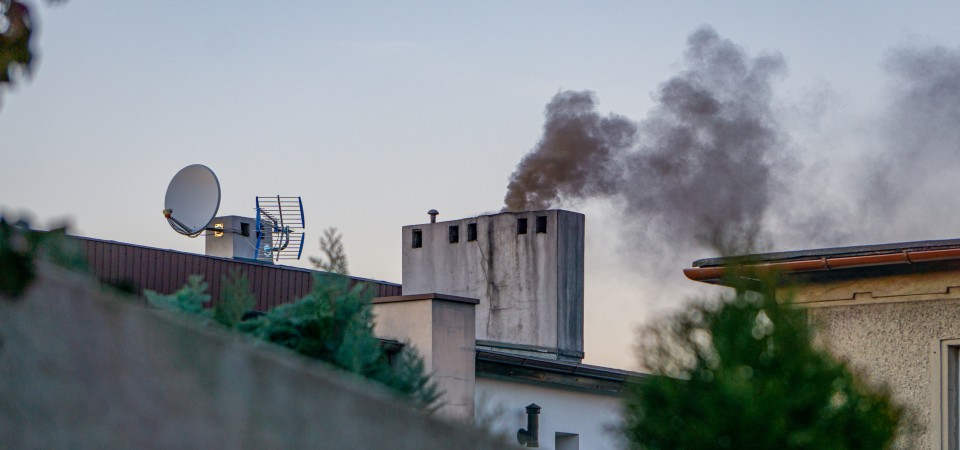Your news
Zambia runs on mostly green power, but households use polluting cooking fuel: study suggests how to fix this
25 November
- Environment
- World

Zambia, like many African countries, is facing a crisis over clean cooking fuel. Over 80% of the population still relies on polluting fuels like charcoal and firewood. This exposes families to toxic indoor air, deepens poverty and gender inequality, drives deforestation, and adds to climate change.
Globally, air pollution from cooking using fuelwood, coal and dung contributes to over 3.2 million premature deaths each year, including 237,000 children under five.
In Zambia, having electricity at home does not automatically lead to cleaner cooking. In the global south, electricity only starts to support clean cooking once national access rates exceed 80%. In Zambia, only around 50% of people have access to electricity. Frequent power cuts and high residential tariffs make cooking with electricity either unreliable or unaffordable.
We are renewable energy and green hydrogen researchers who set out to discover the potential for the use of green hydrogen as an alternative source of power. Green hydrogen is produced from water and renewable electricity. It’s a clean, storable fuel that can be used like fossil gas, without the emissions. It could offer households a flexible, low-carbon substitute for charcoal or liquefied petroleum gas.
Our research was based on a modelling exercise that looked at various factors related to green hydrogen and the situation in Zambia.
The renewable energy used to make green hydrogen usually comes from a solar or wind power system set up especially for the green hydrogen plant. For instance, the Hyphen project in Namibia plans to use solar and wind power to produce green hydrogen for export and domestic use.
These systems are expensive to build and operate. They also require significant upfront capital and storage infrastructure to ensure reliable output.
Our research used a computer simulation model to study the costs of green hydrogen plants, the amount of revenue they could generate, their technical performance, and their reliability. We also estimated the value that each unit of green hydrogen would bring to society through providing clean cooking energy.
Continues…

For the full article by Dr Richard Blanchard visit the Conversation.
ENDS